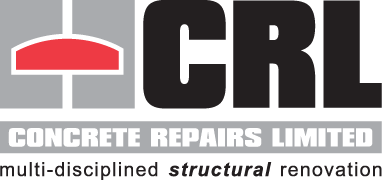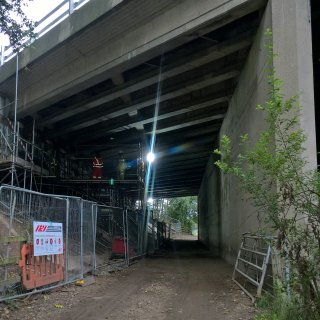Supporting our Structures & allowing them to move safely
Bridge bearings are structural equipment or devices installed between bridge substructure and superstructure to transfer the applied load including earthquake loads; wind loads; traffic loads; and superstructure self-weight. Bridge bearings also allow for relative controlled movements between the superstructure and the substructure, for instance, rotational movements and translational movements in the horizontal and transverse direction thereby reducing the stresses involved. Bearings used in the construction of bridge structures are divided into two major categories, namely expansion bearings and fixed bearings. The former permits both translational and rotational movements whereas the latter allows both rotational and limited translational movements.
Correctly functioning bearings are essential to maintain the required movement of a bridge structure. Over time bearings can wear and seize up which can lead to distress to the structure of the bridge.
Replacement of bearings set a number of technical challenges that CRL’s Chartered Engineers have the ability to solve. Working with our suppliers we will assess the issues to produce a methodology to enable new bearings to be designed and installed to maintain the bridge asset.
We would recommend early involvement with CRL to develop the required designs and methodologies and appropriate project planning.
Temporary works will need to be developed to allow the bridge to be jacked. On particularly sensitive structures we have developed bespoke monitoring to ensure the structure is not overstressed. With our suppliers and in-house consultant, we can develop AIP documents for clients.
Working in partnership with our bearing suppliers, bespoke bearings will be designed to the specification and location.
Some bridge structures require remodelling of the abutments and plinths to enable the replacement to be undertaken. This work also then assists with future inspections and maintenance.
Installation of new bearings into existing abutments may require adaptions to top plates and introduction of hanging systems to enable the accurate adjustment of the bearings. Our knowledge of hydro-demolition as well as the repair materials required in the reinstatement are key to the successful replacement.
High strength rapid setting grouts and mortars are used to reinstate around new bearing plates so that the bridge can be safely de-jacked onto its new bearings.
Related Projects

"The removal of existing bearings and the installation of new bearings on a bridge structure under live traffic conditions above is no easy task. CRL have the chartered engineers needed to take on this type of challenge."
Will Sinnott | Senior Contracts Manager | CRL









